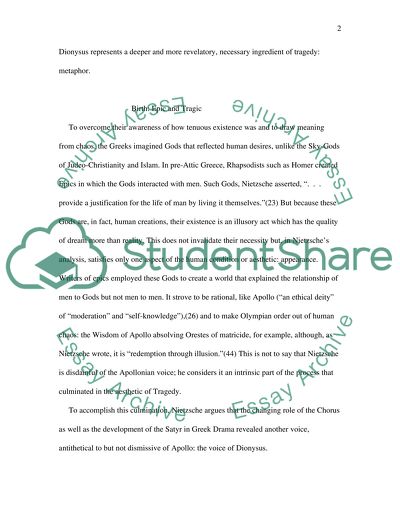Cite this document
(“Attic tragedy: the metaphor is the message Essay”, n.d.)
Attic tragedy: the metaphor is the message Essay. Retrieved from https://studentshare.org/philosophy/1533928-attic-tragedy-the-metaphor-is-the-message
Attic tragedy: the metaphor is the message Essay. Retrieved from https://studentshare.org/philosophy/1533928-attic-tragedy-the-metaphor-is-the-message
(Attic Tragedy: The Metaphor Is the Message Essay)
Attic Tragedy: The Metaphor Is the Message Essay. https://studentshare.org/philosophy/1533928-attic-tragedy-the-metaphor-is-the-message.
Attic Tragedy: The Metaphor Is the Message Essay. https://studentshare.org/philosophy/1533928-attic-tragedy-the-metaphor-is-the-message.
“Attic Tragedy: The Metaphor Is the Message Essay”, n.d. https://studentshare.org/philosophy/1533928-attic-tragedy-the-metaphor-is-the-message.


